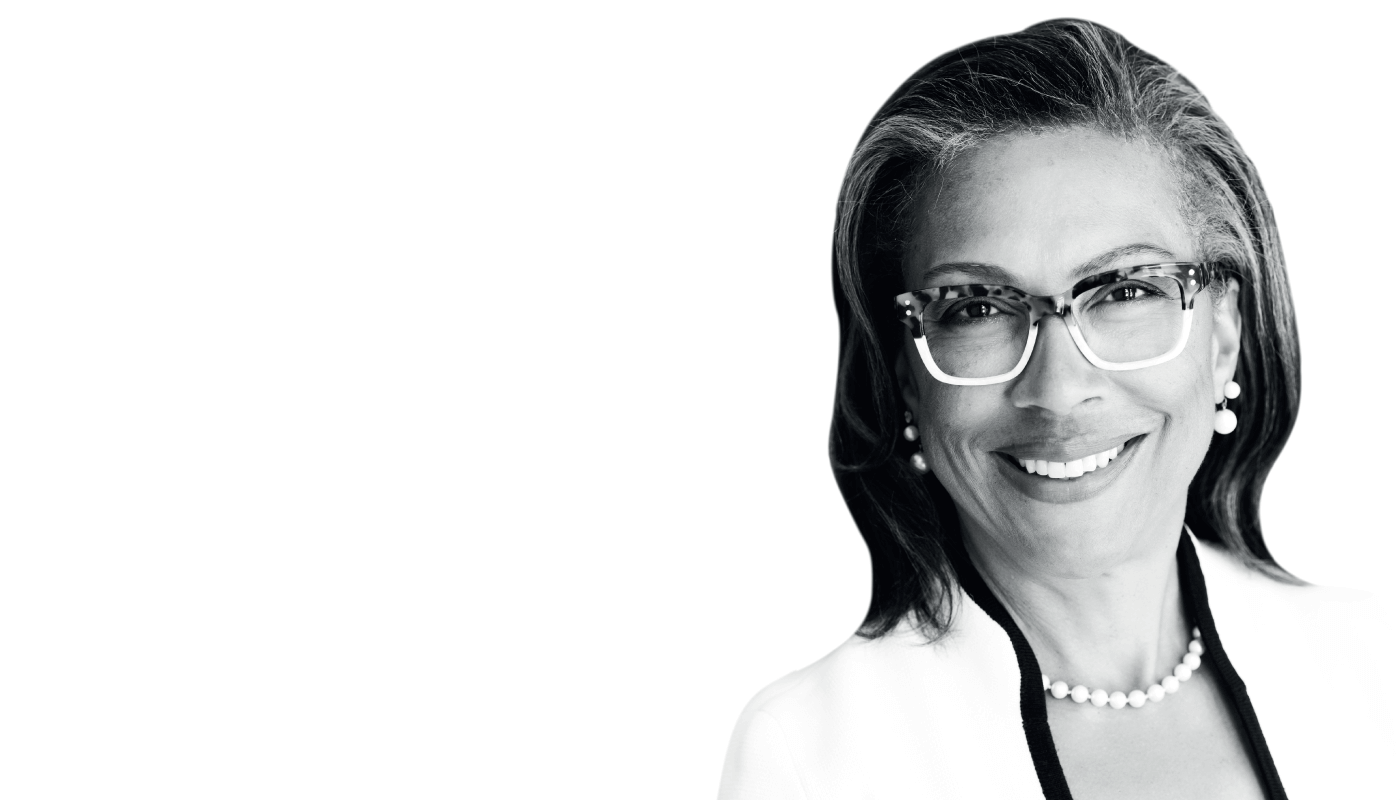
In her opinion piece, “One Size Rarely Fits All”, Sandra Yeh commented on the American Academy of Ophthalmology’s March 2020 statement calling on American ophthalmologists to suspend non-urgent eye care, referring to it as an “Ivory Tower edict” and opining that “the AAO represents Ivory Tower ophthalmologists who enjoy the financial security of a university or publicly funded practice.”
As the President of the Academy and as a private practitioner in a four-person group, I appreciate Yeh’s candid expression of her views. I’d like to respond with another perspective. My small practice was shuttered for six weeks to all but emergency care. Yeh may not realize that of the 21 ophthalmologists on the Academy Board of Trustees, only eight are paid by a university or publicly funded practice. This hardly constitutes an “Ivory Tower” group.
As for the March statement itself, the Board of Trustees considered it carefully and was ultimately unanimous in its decision. It is important to remember the context of those bewildering early days. Our nation was in the first wave of explosive growth of the pandemic. The two greatest public health priorities were to preserve personal protective equipment (PPE) that was in desperately short supply and to minimize the transmission and death rates. The Surgeon General, the Centers for Disease Control and Prevention, numerous state governors, and many other national medical societies issued statements similar to the Academy’s. Nearly every national ophthalmology society, from the American Society of Cataract and Refractive Surgery to Women in Ophthalmology, issued statements in support of the Academy.
In retrospect, given what experts know now (and didn’t know then), could there have been a more nuanced approach? Absolutely. But no one had accurate information on transmissibility and viral testing then. No one could argue that we did have a massive shortage of PPE and that the death rate associated with SARS-CoV-2 infection was much higher than it is now.
Dr. Yeh states that ophthalmologists were “ordered to obey” and that the statement was issued without allowing for individual physician judgment. First, the Academy does not have the power to “order” such action; we deliberately used the language “strongly recommends” for this reason. More importantly, the statement acknowledges regional nuance with this caveat: “The Academy recognizes that ‘urgency’ is determined by physician judgment and must always take into account individual patient medical and social circumstances.”
Less than two months later, the Academy issued a follow-up statement urging ophthalmologists to consider carefully reopening their practices to non-urgent care. Most did. During that two-month period, some treatments were delayed and possibly some vision lost. As physicians, we all deeply regret that. The Academy is supporting several studies to try to better understand this. But, however unfortunate, it must also be weighed against the millions of routine visits foregone, the PPE conserved for more urgent uses, and the lives saved.
References
- AAO (2020). Available at: https://bit.ly/2POfNWu.
